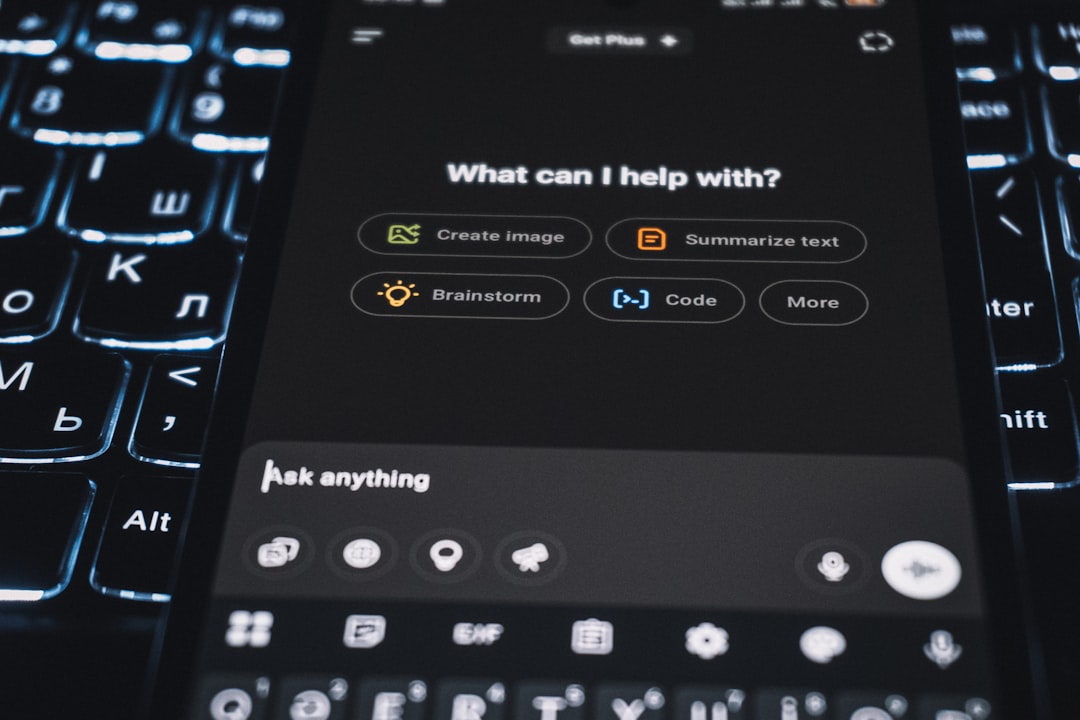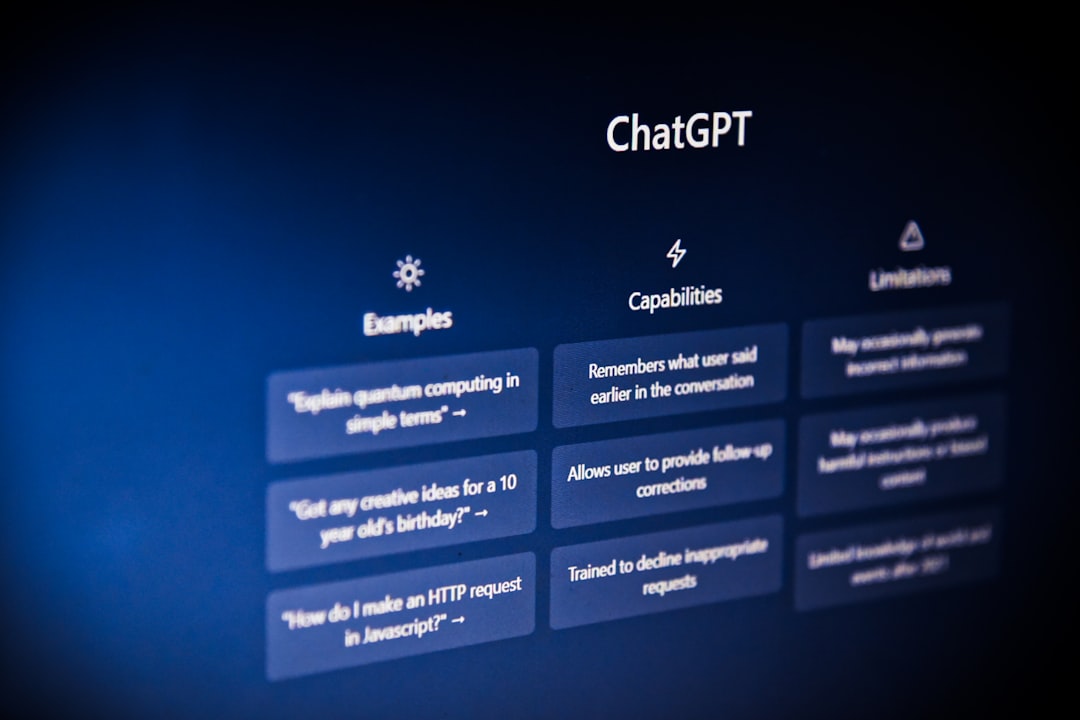Creating powerful, full-featured web applications no longer requires a massive budget. Thanks to advancements in artificial intelligence and the expanding availability of free or low-cost tools, developers in 2025 can now build full-stack apps with a rich user experience for under $100. AI code generation, low-code platforms, and hosting services are significantly lowering the barriers to entry. This article explores how one can build a full-stack app using AI-powered tools and affordable services while keeping costs under the $100 mark.
Why AI Tools Are a Game Changer
AI-driven development tools have made it easier than ever for individual developers to code, debug, and deploy full-stack applications without extensive knowledge of every technology in the stack. These tools leverage machine learning to autosuggest code, autogenerate tests, and even complete entire microservices or interfaces based on simple prompts. In 2025, AI-powered platforms like GitHub Copilot, Codeium, and Amazon CodeWhisperer are becoming staples for rapid development.
Building a full stack app from the ground up allows you to modernize every layer of your project, making it the perfect opportunity to implement application rearchitecture for improved performance and scalability.
By combining these tools with free or low-cost infrastructure, developers can maximize their productivity and minimize spending. Here’s how to build a scalable full-stack web app step-by-step using AI tools while keeping your budget under $100.
Step 1: Define the Project Scope and Use AI to Prototype
Before building, it’s essential to define your app’s scope — think features, target audience, and backend needs. Use generative AI tools like ChatGPT or Gemini to brainstorm ideas, mockup wireframes, and outline the necessary APIs or database schema.
- Cost: $0 using free versions of AI chat tools
- Tip: Ask AI to generate user flow diagrams or ER diagrams
After defining functionality, tools like Figma (free plan) help you create interface mockups with assistance from AI design features.

Step 2: Build the Frontend Using AI Code Generators
Modern frontend frameworks like React, Vue, or Svelte make it easy to create dynamic user interfaces. To accelerate the process, leverage AI coding assistants:
- GitHub Copilot: Writes UI components with you in real-time
- Codeium: Provides contextual suggestions and code completion
By entering natural language prompts like “Create a responsive login form with email validation,” you can quickly scaffold complex interfaces.
Frontend Stack Suggestion:
- Framework: React (free)
- Styling: TailwindCSS (free and efficient for rapid UI design)
- AI Assistant: GitHub Copilot ($10/month or free for students)
Cumulative Cost So Far: $10 (assuming Copilot paid plan)
Step 3: Set Up a Backend with AI Assistance
For backend development, Node.js paired with Express.js is a popular choice. AI tools help scaffold REST APIs, connect to databases, and establish routes. If you prefer a serverless option, consider Firebase Functions or Supabase Edge Functions — both have generous free tiers.
Bonus Tip: Use ChatGPT to convert project requirements into backend endpoints or autogenerate CRUD logic for your database model.
Backend & Database Stack:
- Backend Language: Node.js or Python (free)
- Framework: Express.js or FastAPI
- Database: PostgreSQL via Supabase (free up to limits)
Cumulative Cost So Far: $10
Step 4: Integrate AI-powered Features
Want your app to stand out? Add AI features like recommendation engines, chatbots, or image recognition. In 2025, many AI APIs have generous free tiers or low-cost, usage-based pricing.
Some options to explore:
- OpenAI API: Add chat capabilities or content summarization (first $5–$10 covers basic testing)
- Hugging Face Inference API: Use custom models with usage-based pricing
- Replicate: Image-to-text, voice synthesis, and ML operations

Cost: Around $10–$20 depending on usage
Total Cost So Far: ~$30
Step 5: Testing and Debugging with AI
AI debugging and testing tools can save countless hours. Services like Codeium, Tabnine, and Phind use AI to help identify and resolve runtime bugs, generate unit or integration tests, and perform ai code refactoring to improve security.
Bonus: Use AI chat models to simulate user-agent testing or mobile responsiveness validation.
- Tools: Codeium (free), Playwright (free), Copilot for tests (included)
- Cost: $0 if using free AI tools for testing
Step 6: Host and Deploy the App
Once development is complete, it’s time to go live. You can deploy full-stack apps using low-cost cloud services:
- Frontend: Vercel or Netlify (free tier sufficient for most projects)
- Backend: Render.com (free plan available) or Railway (pay-as-you-go model)
- Database: Supabase or PlanetScale (free for development scale)
Other Hosting Alternatives: Use Fly.io, Heroku’s new free lite tier, or Firebase Hosting
Estimated Hosting Cost: $0–$10 depending on usage beyond free tiers
Total Project Budget Breakdown:
| Component | Service/Tool | Cost (USD) |
|---|---|---|
| AI Coding Assistant | GitHub Copilot (Individual Monthly) | $10 |
| AI Features/API Use | OpenAI, Hugging Face, or Similar | $15 |
| Hosting & Deployment | Vercel + Supabase + Render | $0–$10 |
| Misc (DNS, Domain) | Namecheap or Cloudflare | $10–$20 |
Total Estimated Cost: ~$35 to $55 (leaving margin for flexibility)
Conclusion
In 2025, building a robust, scalable full-stack app with AI tools doesn’t need to break the bank. With free tiers, AI programming assistants, and serverless infrastructures, developers can bring their ideas to life quickly and affordably. Whether you’re a solo founder, student, or hobbyist, the path to professional-level applications for under $100 is not only imaginable—it’s happening now.
FAQ
- Q: Can I build production-ready apps with only free tools?
A: Yes, many tools offer generous free plans suitable for MVPs and small-scale production apps. - Q: Are AI code assistants secure to use?
A: Generally, yes, but always review generated code for vulnerabilities. Combine with static analysis tools. - Q: What if I exceed free tier limits for hosting or APIs?
A: You can upgrade incrementally. Usage-based pricing lets you pay only for what you use, making it easy to stay within budget. - Q: How long does it take to build a basic full-stack app?
A: With AI tools, prototyping to deployment can take as little as 1–2 weeks, depending on complexity and developer experience.
